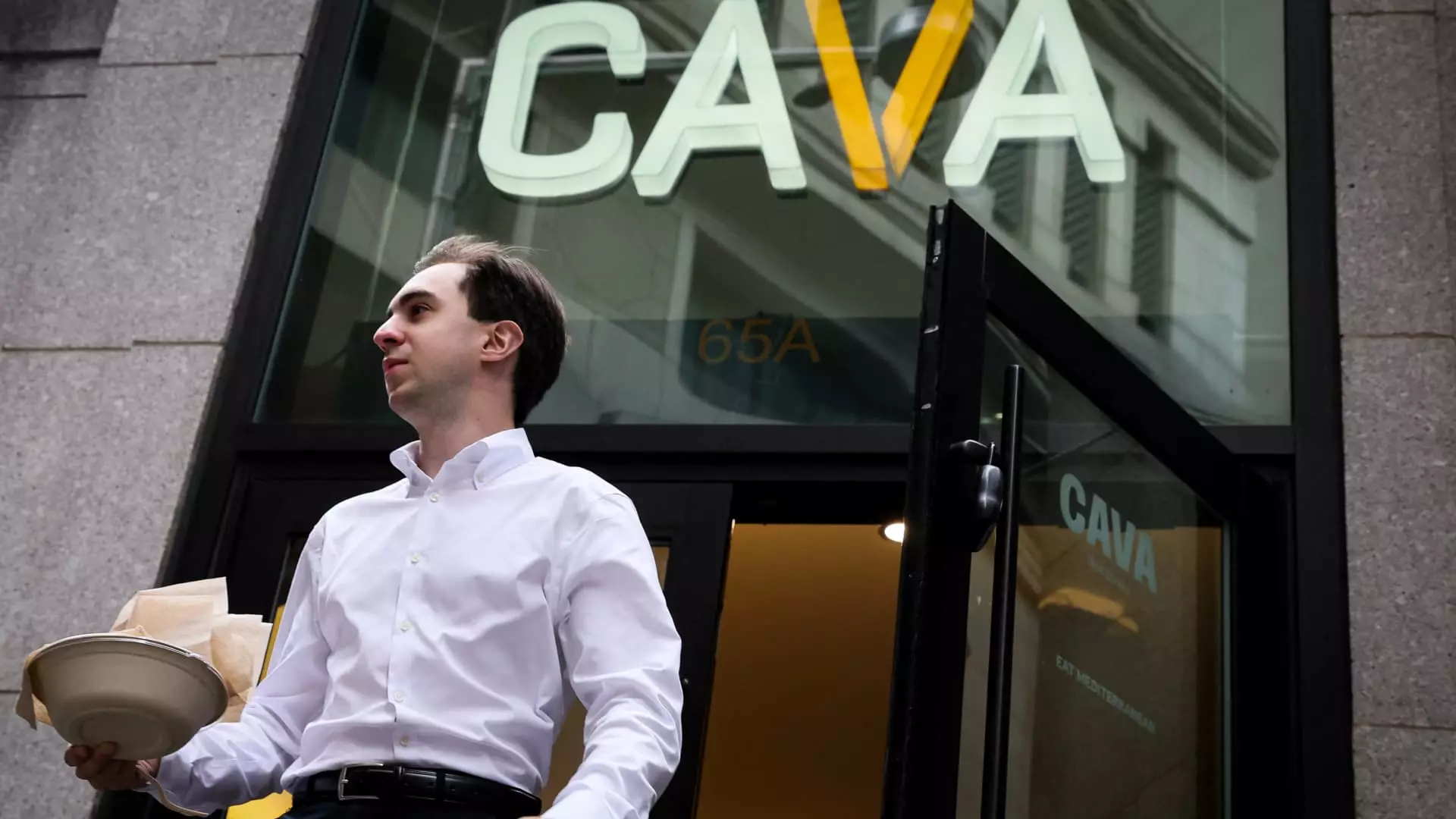In an era marked by economic turbulence and unpredictable consumer behavior, fast-casual dining chains are increasingly relying on loyalty programs as a lifeline. What once was a supplemental marketing tool has now become an essential component for survival and competitive differentiation. As disposable incomes shrink and consumers become more deliberate with their spending, brands are transforming loyalty initiatives from simple discounts into complex, engaging ecosystems designed to foster long-term relationships. This fierce reliance on rewards programs reflects an underlying recognition: securing customer loyalty in tough times demands more than appealing promotions; it calls for genuine engagement and tailored experiences.
Yet, the industry’s recent performance paints a worrying picture. With monthly traffic barely increasing in only one out of the past twelve months, many chains face a fragile consumer base that’s retreating from dining out. According to Black Box Intelligence, a staggering 57% of restaurant brands tracked reported declining or stagnant same-store sales in May, underscoring the difficulty of maintaining growth amid persistent economic pressures. This environment compels brands to double down on loyalty efforts, not just to sustain revenue but to prevent irreparable erosion of their customer base. Loyalty programs, therefore, are no longer optional luxuries but necessary tactics in the battle for visibility and consumer mindshare.
The Power of Loyalty in a Cautious Consumer Climate
Data suggests these programs are more than mere marketing ploys; they are vital tools for driving engagement. Research from Circana emphasizes that loyalty members visit eateries 22% more often annually and twice as frequently to brands they belong to, illuminating the tangible benefits of cultivating a committed customer base. Coffee goliath Starbucks exemplifies this phenomenon, with over 34 million active rewards members and more than half of its transactions stemming from these loyalists. Similarly, brands like Potbelly have embraced digital transformations, with a significant portion of their sales—over 42%—coming from loyalty-driven digital channels.
Such figures reveal a truth: loyal customers are the backbone of recovery. They are the early adopters who sustain sales during downturns. For Starbucks, loyalty members aren’t just transactional patrons—they’re a community, a participatory audience that actively fuels the brand’s ongoing success. The same applies to Chipotle, which relies on its 20 million active rewards members for roughly 30% of daily sales. These numbers underscore that loyalty programs, when executed well, are potent in shaping ongoing consumer habits and shielding brands from the volatility of economic downturns.
Innovation and Adaptation: The New Norm in Loyalty Strategy
Forward-thinking brands are not merely relying on traditional discounts but are actively reimagining reward structures to keep consumers engaged. Cava’s revamped rewards program, launched in late 2024, exemplifies this shift with flexible earning and redemption options, including rewards for specific menu items and special promotions like the national Pita Day celebration. Such creative incentives go beyond the typical points system, infusing fun and surprise into the customer experience, which ultimately cultivates deeper brand affinity.
Chipotle’s seasonal “Summer of Extras” campaign, offering over $1 million in free burritos, exemplifies how brands are gamifying loyalty to inspire repeated visits. Social media buzz around these activations generates organic excitement that transcends traditional marketing boundaries. Meanwhile, smaller chains like Potbelly have adopted coin-based systems that promote speedier reward redemption and broader menu access, encouraging more frequent engagement.
Even established players such as Starbucks are willing to adapt, as seen in their recent overhaul of the reusable cup bonus, replacing it with double star earnings across all purchases. While some loyalists lament the reduction in earning potential, the overall participation remains robust. This willingness to refine and evolve loyalty strategies signifies an understanding that consumers are increasingly expecting more personalized, immediate, and entertaining experiences from their favorite brands.
The Cost of Loyalty in a Competitive Marketplace
However, loyalty programs are a double-edged sword. Offering free rewards and promotions inevitably eat into profit margins, especially in an industry where costs are razor-thin. Brands must carefully balance the short-term gain of increased traffic against the long-term risk of eroding profit. Promotional freebies, if not managed strategically, can undermine pricing power and lead to an over-reliance on discounts rather than genuine product value.
For chains like Portillo’s and Sweetgreen, investing in flexible, customer-centric loyalty platforms isn’t just about boosting visits but creating a sustainable competitive advantage. Portillo’s digital wallet-based program, which tracks visit frequency and awards badges, aims to foster habitual patronage without disrupting operational agility. Sweetgreen’s recent overhaul shifted away from confusing tiered subscriptions to a straightforward loyalty offer focused on meaningful value—an acknowledgment that simplicity and relevance matter more than elaborate loyalty tiers during economically strained times.
Ironically, even industry giants like Starbucks are recalibrating their rewards systems, removing some perks to focus on broader engagement. This recognition that loyalty programs must evolve—sometimes prune, sometimes expand—is critical. It’s a reminder that in a highly competitive space, fidelity doesn’t come cheap, and savvy brands know that the most effective loyalty strategies are those that align with consumers’ desire for authenticity, immediate gratification, and relevance.
The Future of Loyalty in a Volatile Economy
Looking ahead, the role of loyalty programs appears poised for further innovation and centrality. Brands are no longer merely offering discounts; they are curating personalized, entertaining, and rewarding experiences designed to embed themselves into consumers’ daily routines. The best programs will be those that blend data-driven personalization with genuine brand storytelling—creating communities rather than transactional relationships.
While freebies and promotions will always have a place, the real challenge lies in transforming these tactics into sustainable emotional bonds. Loyalty programs that can adapt quickly to economic shifts, consumer trends, and technological advances will shape the future of foodservice. For now, they represent a critical, if imperfect, strategy for survival and growth—an acknowledgment that in tough times, the most resilient brands are those that invest in authentic relationships and meaningful engagement, rather than relying solely on fleeting discounts.

